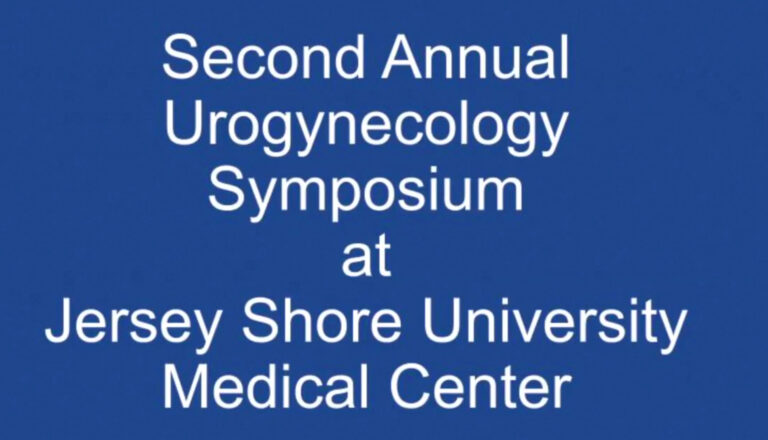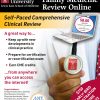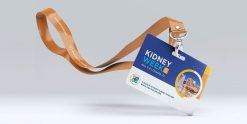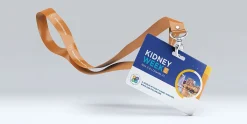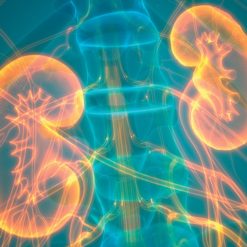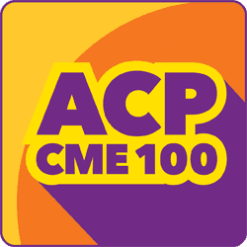Hackensack Meridian UroGyn Symposium 2024
$10,00
This Product is shared via google drive download link, So please share your correct Gmail id while placing the order .Please note that there are no CME points or certificate associated with this course Samples for Courses Can be found here : Free Samples Here!
+ Include: 1 videos, size: 1.92 GB
Hackensack Meridian UroGyn Symposium 2024
+ Target Audience: urogynecologists, general OB-GYNs, urologists
+ Information:
A practical, case-based update on female pelvic medicine and reconstructive surgery. Sessions translate guideline changes and new evidence into clear pathways for evaluation, conservative therapy, office procedures, and operative management of pelvic floor disorders.
What You Will Learn
-
Stepwise workups for stress/urge/mixed incontinence, OAB, and pelvic organ prolapse
-
Pelvic floor rehabilitation: behavioral therapy, pessaries, vaginal devices, and when to escalate
-
Procedural updates: midurethral slings, autologous fascial slings, bulking agents, apical suspensions, colpocleisis
-
Neuromodulation & chemodenervation: patient selection, programming, troubleshooting
-
Mesh & complication management: pain, exposure, erosion—diagnosis and surgical strategies
-
UTI prevention in the urogyne patient, GSM management, sexual function counseling
-
Perioperative optimization, ERAS, imaging/urodynamics pearls, and shared decision-making tools
Event Details
-
Format: Live lectures, case panels, and “how-I-do-it” sessions with interactive Q&A
-
Structure: Conservative → Office procedures → OR strategies → Complications → Long-term care, with take-home checklists
Who Should Attend
Urogynecologists, general OB-GYNs, urologists, pelvic floor PTs, nurse practitioners/PAs, pelvic health nurses, and trainees seeking a clinic-ready urogynecology refresh.
Why Attend
-
Turn guidelines into reproducible care pathways for common pelvic floor conditions
-
Improve outcomes with disciplined patient selection and complication prevention
-
Leave with algorithms, counseling scripts, and perioperative checklists you can use immediately
+ Topics:
*Note: these are continuous video recordings during the conference, they include individual lectures mentioned in the section below
-
Incontinence & OAB: diagnostics, first-line therapies, meds, tibial/sacral neuromodulation, Botox
-
Pelvic organ prolapse: staging, pessaries, native tissue vs. mesh-augmented options, apical support
-
Mesh issues & pain: evaluation, imaging, partial/complete excision, multidisciplinary care
-
UTI & GSM: prophylaxis strategies, non-antibiotic options, vaginal estrogen use, microbiome considerations
-
Urodynamics & imaging: when it changes management and how to interpret key tracings
-
Sexual function & pelvic pain: counseling, dyspareunia algorithms, PT integration
-
Periop & ERAS: risk stratification, anesthesia/analgesia, VTE prevention, return-to-activity timelines
-
Quality, equity & safety: informed consent, documentation, outcomes tracking, and patient-reported measures
Related products
CRITICAL CARE / EMERGENCY MEDICINE
ASN Critical Care Nephrology – 2022 Update (On-Demand and Livestream)
HARVARD MEDICINE
Harvard Internal Medicine Comprehensive Review and Update 2023
CRITICAL CARE / EMERGENCY MEDICINE
Harvard Advanced Trauma Management for the Emergency Physician 2022 (CME VIDEOS)
CRITICAL CARE / EMERGENCY MEDICINE
INTERNAL MEDICINE
CRITICAL CARE / EMERGENCY MEDICINE

